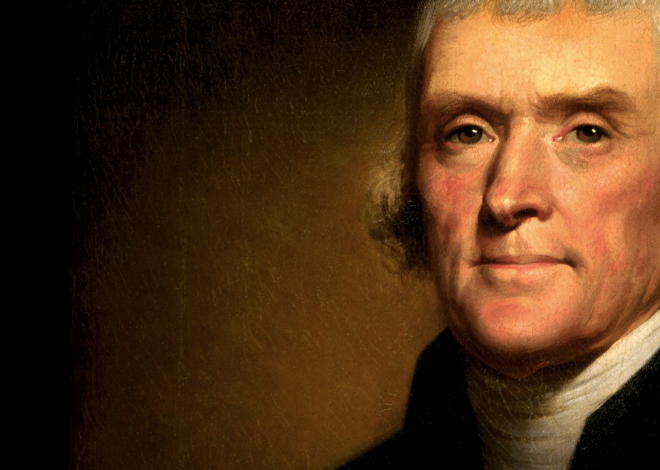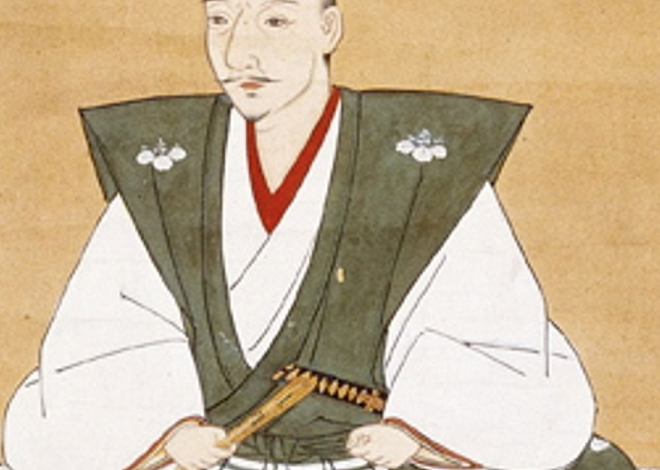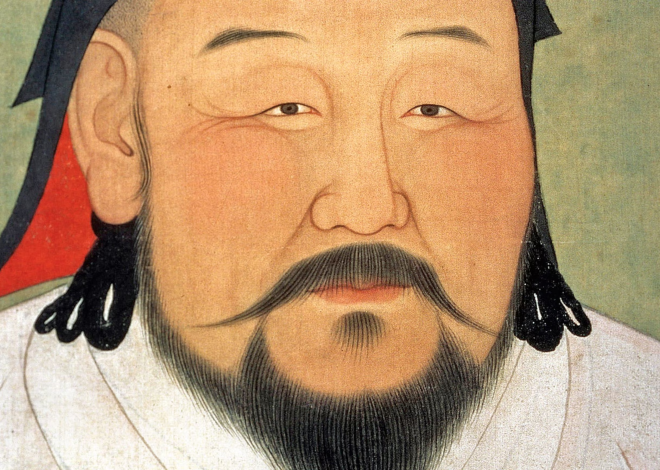
Emperor Meiji
Emperor Meiji, also known as Emperor Mutsuhito (November 3, 1852 – July 30, 1912), was a pivotal figure in Japanese history. His reign, known as the Meiji Era, marked a period of profound transformation and modernization in Japan.
Here is a detailed history of Emperor Meiji:
Early Life:
- Emperor Meiji was born as Mutsuhito on November 3, 1852, in Kyoto, Japan. He was the first son of Emperor Komei and Empress Dowager Eishō.
- His childhood was marked by political turmoil, as Japan faced internal conflicts and increasing external pressure from Western powers, particularly the United States.
Accession to the Throne:
In 1867, following the death of his father, Emperor Meiji ascended to the Chrysanthemum Throne at the age of 14. This marked the beginning of the Meiji Era, which lasted until his death in 1912.
The Meiji Restoration:
- Emperor Meiji’s reign coincided with the Meiji Restoration, a period of rapid political, social, and economic change in Japan. During this time, real political power was restored to the emperor, who had previously been a symbolic figure.
- Under the guidance of key figures such as Saigō Takamori, Itō Hirobumi, and Ōkubo Toshimichi, the Meiji government embarked on a series of reforms to modernize Japan.
Abolition of Feudalism:
- One of the most significant reforms was the abolition of the feudal system, including the samurai class, and the establishment of a centralized government.
- The land reform policies redistributed land ownership, aiming to create a class of land-owning farmers, which contributed to social stability and economic growth.
Modernization and Industrialization:
- Emperor Meiji supported the modernization of Japan’s economy and military. This included the development of a modern army and navy, the construction of railways and telegraph systems, and the promotion of industrialization.
- Japan adopted Western-style institutions and technologies, transforming itself from a feudal society into a modern nation-state.
Charter Oath and Constitution:
- In 1868, Emperor Meiji issued the Five Charter Oath, outlining principles such as political centralization, equality before the law, and public involvement in government.
- The Meiji Constitution of 1889 established Japan’s first constitution, introducing a constitutional monarchy with a bicameral parliament, the Imperial Diet.
Foreign Relations:
Emperor Meiji played a role in shaping Japan’s foreign policy. Japan navigated a changing international landscape and pursued a policy of expansionism, which resulted in conflicts like the First Sino-Japanese War (1894-1895) and the Russo-Japanese War (1904-1905).
Death and Legacy:
- Emperor Meiji passed away on July 30, 1912, at the age of 59. He was succeeded by his son, Emperor Taishō.
- Emperor Meiji’s reign is remembered as a transformative period in Japanese history, during which Japan transitioned from a feudal society to a modern, industrialized nation. His leadership and support for reform were instrumental in this transformation.
- The Meiji Era is often regarded as a symbol of Japan’s successful modernization and rise to become a major global power in the 20th century.
Emperor Meiji’s legacy as a symbol of Japan’s modernization and transformation continues to be celebrated in Japan, and his contributions to the country’s history remain significant.







